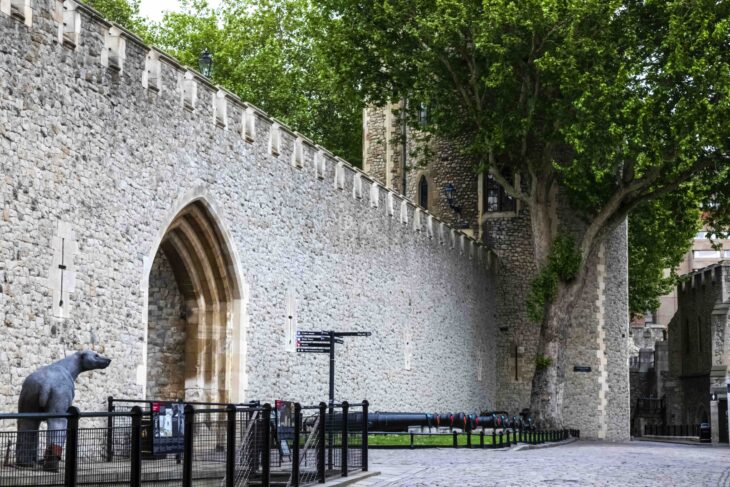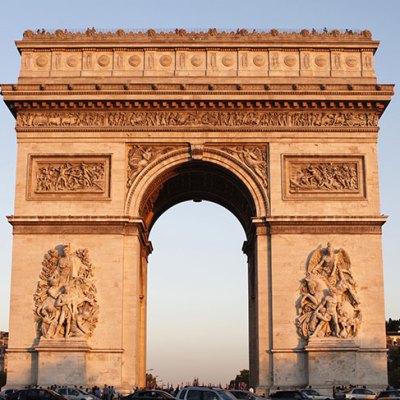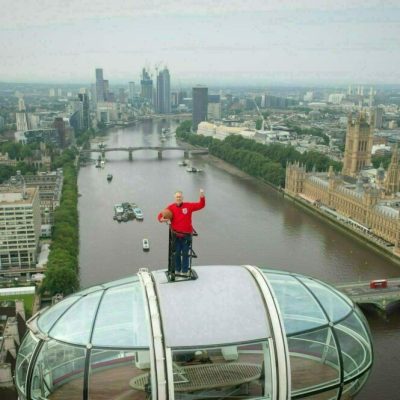With tourism subdued this year and staycations the watchword of the summer, Apollo’s writers and editors are seizing the opportunity to take in a few of the attractions in their home cities that they’ve always wanted to visit – but never braved the crowds to see.
I used to go past the Tower of London quite often when I was a child, because my grandmother lived just off Cable Street, at the edge of the East End. I think my dad took us in once or twice but the bit I liked best was the approach from Tower Hill tube station: the fragment of the Roman London Wall, the concrete 1960s underpass (just as ancient and spooky to me at that age) and the fragment of medieval postern gate in a viewing pit on the edge of the moat.
The gates and entrances are what I remember most strongly – the portcullises and riverside jetties through which, I suppose, kings and queens paraded or executioners’ victims were dragged. That might be because, on visiting again, there didn’t seem to be a huge amount else to it. Over its thousand-year history, aside from providing an occasional royal residence, the Tower mainly seems to have functioned as a storeroom, for weapons and soldiers; for people the monarch wanted to murder; or, in more recent centuries, a large amount of obsolete material that was either too expensive or too cumbersome to get rid of.
Today, the Tower markets itself as ‘a fortress that protects the Crown Jewels’. These are kept in an old barracks built by the Duke of Wellington in 1845 (I wonder why, in that era of democratic upheaval, the Iron Duke thought it necessary to station an extra thousand soldiers next to the capital’s burgeoning population, but the display board doesn’t say). Inside, almost everything dates from the 1660s or later; when I ask an attendant, he tells me that was because Oliver Cromwell binned a lot of the older stuff. A motorised walkway, like the ones you get at airports, takes you slowly past the most famous baubles, to keep the crowds moving I assume, rather than deter any thieves from casing the joint.
The castle walls and Landthorn Tower at the Tower of London. Photo: Dukas/Universal Images Group via Getty Images

In fact, the whole site in general seems designed to keep what would usually be large numbers of visitors circulating smoothly: the courtyards have been turned into wide, mostly empty pathways, while display boards inside the buildings are very brief and translated into a dozen global languages. I had hoped that the White Tower, the oldest part of the site apart from the Roman remnants, built by William the Conqueror in the 12th century, would tell us a bit about castle life through the ages. Instead, it contains several floors of racks of weapons and military kit from the Royal Armouries. The White Tower’s Norman chapel is elegant in an austere kind of way – but if you’ve been to Palermo then you’ll know the Sicilian branch of the family had all the style.
Mostly, it’s nice to walk around outdoors: the buildings are a mix of just about every pre-20th century London architectural style from medieval stonework to Georgian townhouses and Victorian gothic. I imagine it’s normally too busy to appreciate this, but when I visit, the Covid-era numbers make the site feel like an empty town centre on a Sunday afternoon when the shops are closing up and everyone’s heading home. With trees separating us from the riverfront and the traffic rumble of Tower Bridge, it is strangely calm. Along a cobbled pathway beneath the battlements, all I can hear is an excited little boy shouting ‘Traitor’s gate! Traitor’s gate!’ Or is that just me?


